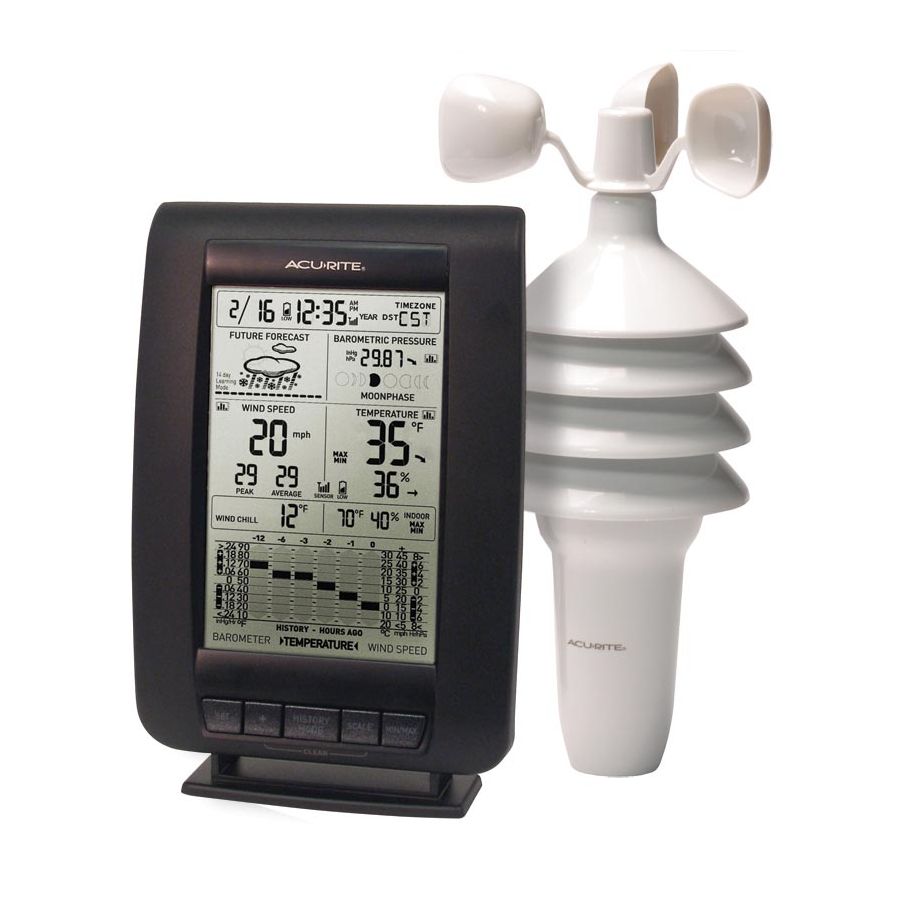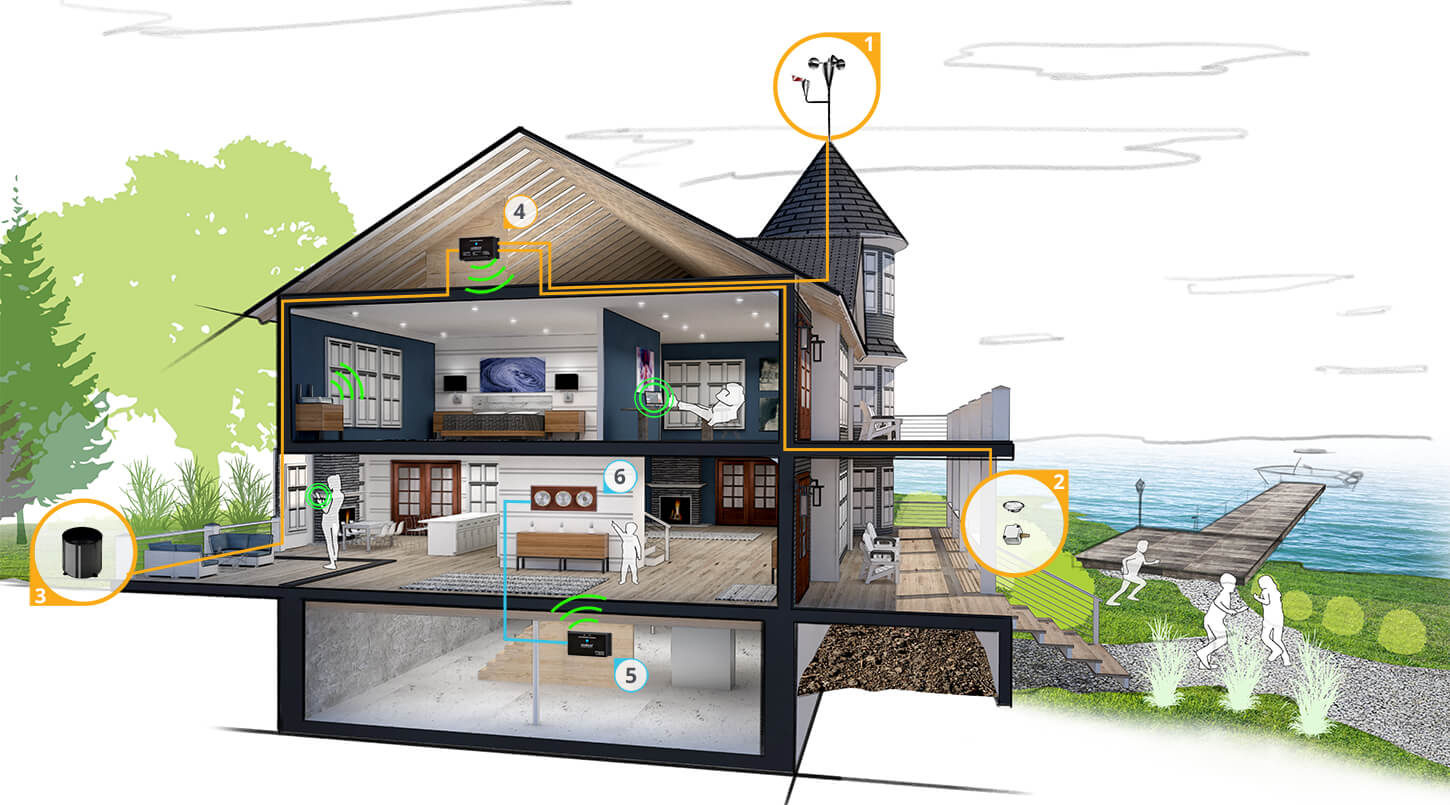Vital Tips for Setting Up and Adjusting Your New Weather Stations
Vital Tips for Setting Up and Adjusting Your New Weather Stations
Blog Article
Checking Out the Different Types of Specialist Weather Condition Terminals for Accurate Data Collection
When it comes to choosing the suitable weather terminal for information collection, the market uses a variety of alternatives tailored to various requirements and settings. Allow's check out the nuances of these specialist climate stations to understand their one-of-a-kind functionalities and determine the best fit for particular information collection needs.
Digital Climate Terminals
In the realm of atmospheric instrumentation, electronic weather terminals stand out as advanced devices for accurate information collection and analysis. These sophisticated stations are furnished with sensors that capture a variety of weather parameters such as temperature, humidity, barometric pressure, wind rate, and instructions. The data accumulated by digital weather condition stations is transferred wirelessly to a central console or a computer system for real-time tracking and evaluation.
Among the essential advantages of electronic weather terminals is their capability to give high-resolution information with precision and reliability. This degree of accuracy is crucial for different applications, consisting of agriculture, research, air travel, and emergency feedback. In addition, digital climate terminals usually feature software that enables users to imagine the information in different layouts like graphes and graphs, facilitating easier interpretation and decision-making.
Wireless Weather Stations
Building on the capabilities of digital weather condition terminals, cordless weather stations provide improved comfort and adaptability in data transmission and surveillance. By making use of cordless modern technology, these weather condition stations get rid of the requirement for cumbersome wired links, enabling very easy installment in various locations. The wireless function makes it possible for real-time data monitoring from remote areas, offering meteorologists and weather fanatics with instant access to essential info.
Wireless climate terminals usually contain sensing units that gather data on temperature level, humidity, barometric stress, wind speed, and direction. These sensing units wirelessly transmit the information to a main console or receiver, where it is processed and shown for analysis. Some advanced wireless weather terminals can also attach to the internet, enabling customers to access their climate data from another location via mobile phones or computers.

Prosumer Weather Stations
What differentiates Prosumer Weather condition Stations from typical consumer-grade weather stations? Prosumer Climate Stations bridge the gap in between consumer-grade and professional-grade tools, offering even more innovative attributes and greater precision than common home weather condition terminals. These terminals are made for weather enthusiasts, amateur meteorologists, and small companies that call for even more specific information than what consumer designs can offer.
Prosumer Weather condition Stations usually consist of a bigger variety of sensing units to determine added atmospheric criteria such as UV index, leaf wetness, and dirt dampness. They additionally have a tendency to have a greater level of sturdiness and dependability, making them suitable for long-term outdoor usage in different ecological conditions.


Industrial Climate Stations
Industrial Climate Stations, also called atmospheric monitoring systems, are specialized instruments made for specific and robust weather condition information collection in commercial settings. These stations are customized to meet the special needs of industrial operations where precise climate learn the facts here now details is see here now essential for security, performance, and decision-making procedures.
Industrial weather terminals are equipped with innovative sensors that can measure a variety of atmospheric specifications such as temperature, humidity, wind rate and direction, barometric pressure, and rainfall (Weather Stations). These terminals are commonly ruggedly constructed to endure extreme ecological problems typically found in industrial environments
One key function of industrial climate stations is their capability to supply real-time information surveillance and analysis. This enables industrial facilities to anticipate weather-related risks, optimize procedures based upon weather conditions, and make certain the security of personnel and equipment. Furthermore, industrial weather terminals can be incorporated right into existing commercial control systems for seamless information administration and automation.
Portable Weather Condition Terminals
In comparison to fixed industrial weather stations, mobile weather condition stations offer adaptability and flexibility for on-the-go information collection in different environmental setups. These small units are made to be quickly carried to different areas, making them suitable for field study, emergency response scenarios, agriculture, building and construction websites, and outdoor occasions.
Portable climate stations typically consist of sensors for gauging parameters such as temperature level, humidity, barometric stress, wind speed, and wind instructions. Some advanced designs may likewise feature extra sensing units for keeping an eye on rainfall, solar radiation, and UV degrees. Despite their little dimension, portable weather condition stations can giving trustworthy and accurate data equivalent to that of larger, taken care of terminals.
One of the crucial advantages of portable weather condition terminals is their quick implementation and convenience of setup. They can be operational within mins, allowing for fast information collection and evaluation. Additionally, these stations can be configured to send real-time data wirelessly, allowing individuals to check and evaluate environmental problems from another click to read location. Overall, portable weather condition terminals are invaluable tools for experts needing mobile, exact, and prompt climate information in diverse settings.
Final Thought
In final thought, professional climate stations come in various kinds such as digital, cordless, prosumer, commercial, and portable. By recognizing the distinctions between these kinds of weather condition terminals, people can make informed choices to guarantee they get the most precise and reliable climate data for their functions.
Weather condition))))
Structure on the capabilities of electronic weather condition stations, cordless climate terminals use improved convenience and adaptability in data transmission and surveillance. Some advanced wireless climate stations can also connect to the web, allowing individuals to access their climate data from another location by means of computer systems or smart devices.
Prosumer Weather condition Stations bridge the void between professional-grade and consumer-grade tools, providing even more advanced functions and greater precision than typical home weather condition terminals. Weather Stations. Overall, portable climate terminals are indispensable devices for specialists requiring portable, precise, and prompt climate information in diverse settings
By comprehending the distinctions in between these types of weather stations, individuals can make informed choices to ensure they obtain the most reliable and precise weather data for their purposes.
Report this page